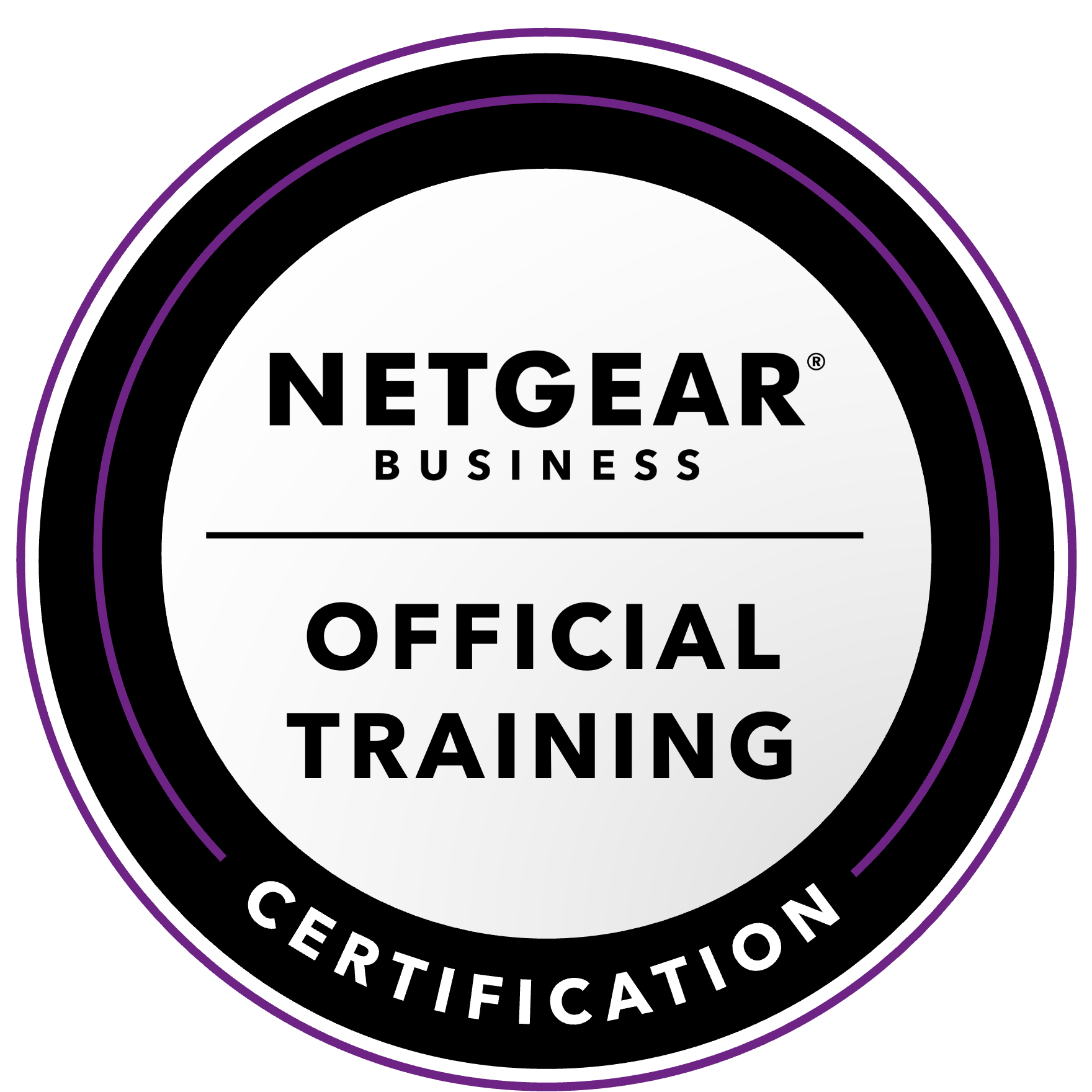NETGEAR is aware of a growing number of phone and online scams. To learn how to stay safe click here.
Forum Discussion
Spetsdod
Nov 07, 2016Tutor
Difference between RN526XD3 and RN526XE3
So, I see the difference between the two models is desktop vs enterprise disks, but can someone please help me understand the difference between those disks? Reliability? Speed?
This is going into a small business, but we have a 314 now and it works great (just too small for the growth). I mean if I just buy the diskless 526 and drop in 6 Western Digital Red drives x 3TB, that ends up being almost $300 less than just buying the desktop RN526XD3 at 6x3TB.
Thanks for the help.
Spetsdod;
4 Replies
Replies have been turned off for this discussion
- StephenBGuru - Experienced User
Spetsdod wrote:
I mean if I just buy the diskless 526 and drop in 6 Western Digital Red drives x 3TB, that ends up being almost $300 less than just buying the desktop RN526XD3 at 6x3TB.
I am with you here, and have always purchased diskless models myself. Then I choose the disk models I want, and generally save money as well.
On the other side of the argument - if you buy D3 or E3 models, then the disks are warranted by Netgear to be compatible with the NAS. Netgear also handles any warranty returns of the drives.
Also, some large disk drives don't have mounting holes in the right place for ReadyNAS. Netgear won't pick them, but you might inadvertantly buy them. Some folks end up modifying the drive trays to get them to fit - something to avoid in my opnion.
Spetsdod wrote:
So, I see the difference between the two models is desktop vs enterprise disks, but can someone please help me understand the difference between those disks? Reliability? Speed?
One clear difference is warranty. Enterprise disk warranties are almost always 5 years, desktop warranties are three years. The includes D3 and E3 ReadyNAS models - though they are not yet listed in the KB article- http://kb.netgear.com/app/answers/detail/a_id/26066/~/readynas-support-and-warranty
Enterprise drives generally run at 7200 rpm, and are designed for 24-7 use. They have more sophisticated vibration management than pure desktop drives (since they are intended for disk arrays). They can be noisy, and they can run fairly hot in a ReadyNAS.
Desktop drives (particularly the larger sizes) tend to be 5400-5900 rpm, and are designed for ligher workloads. They often are missing some features like TLER which are useful for RAID.
NAS-purposed drives are somewhere in between. They have features likeTLER and some vibration management built in. They run in the 5400-5900 speed range, and run at lower temperatures in a NAS than enterprise disks. They often are quieter than enterprise disks. Your WDC Reds are NAS-purposed.
Personally I split the difference and go with NAS-purposed drives (WDC Reds are my preference, but I have no quarrel with folks who go with Seagate Ironwolf).
- SpetsdodTutor
Thanks for the reply.
I think I am going to recommend a RN526X00 (diskless) and pick up 6x3TB WDC Red drives. Comes in around $250 less than just buying the populated Desktop drive version, and it sounds like the drives are more reliable that way.
I assume that the diskless enclosure still has the same OS features as the populated drive, and I just have to build the container with the new disks when I install them?
Cheers,
Spetsdod;
- StephenBGuru - Experienced User
Spetsdod wrote:
I assume that the diskless enclosure still has the same OS features as the populated drive, and I just have to build the container with the new disks when I install them?
Yes. You just put in the unformatted disks, and turn it on. It will automatically do a factory install, and start building a XRAID single-redundancy volume. You can start the configuration process from RAIDar, or just log into the web ui using https://nas-ip-address/admin. At the logon prompt, enter admin, the default password is password. If you don't want XRAID single-redundancy, you can switch to flexraid, destroy the XRAID volume, and create what you want. There's no need to wait for the XRAID volume to be fully built.
The disk trays have toolless inserts, and the WD30EFRX side mounting holes are in the right position to use them.
FWIW I use 6x3TB WD30EFRX in my pro-6, and have been happy with them. I am going with larger drives in my 526XL (4x6TB WD60EFRX), just to allow some horizontal expansion later on.
- c3poNETGEAR Expert
Just a note that we added two more mounting holes on desktop disk tray.
Although we have not modified tool-less tray plastic bracket to make it compatible with all drives yet, the tray is compatible with all drives using bottom screw mounting holes.
The drawback is that it is no longer tool-less when screws are needed. We will make the tray tool-less again in future.
(For newer large capacity drives without middle side moutning holes and 2.5" SSD drives, need to take out plastic bracket from tray and mount drive with screws)
Related Content
NETGEAR Academy

Boost your skills with the Netgear Academy - Get trained, certified and stay ahead with the latest Netgear technology!
Join Us!
